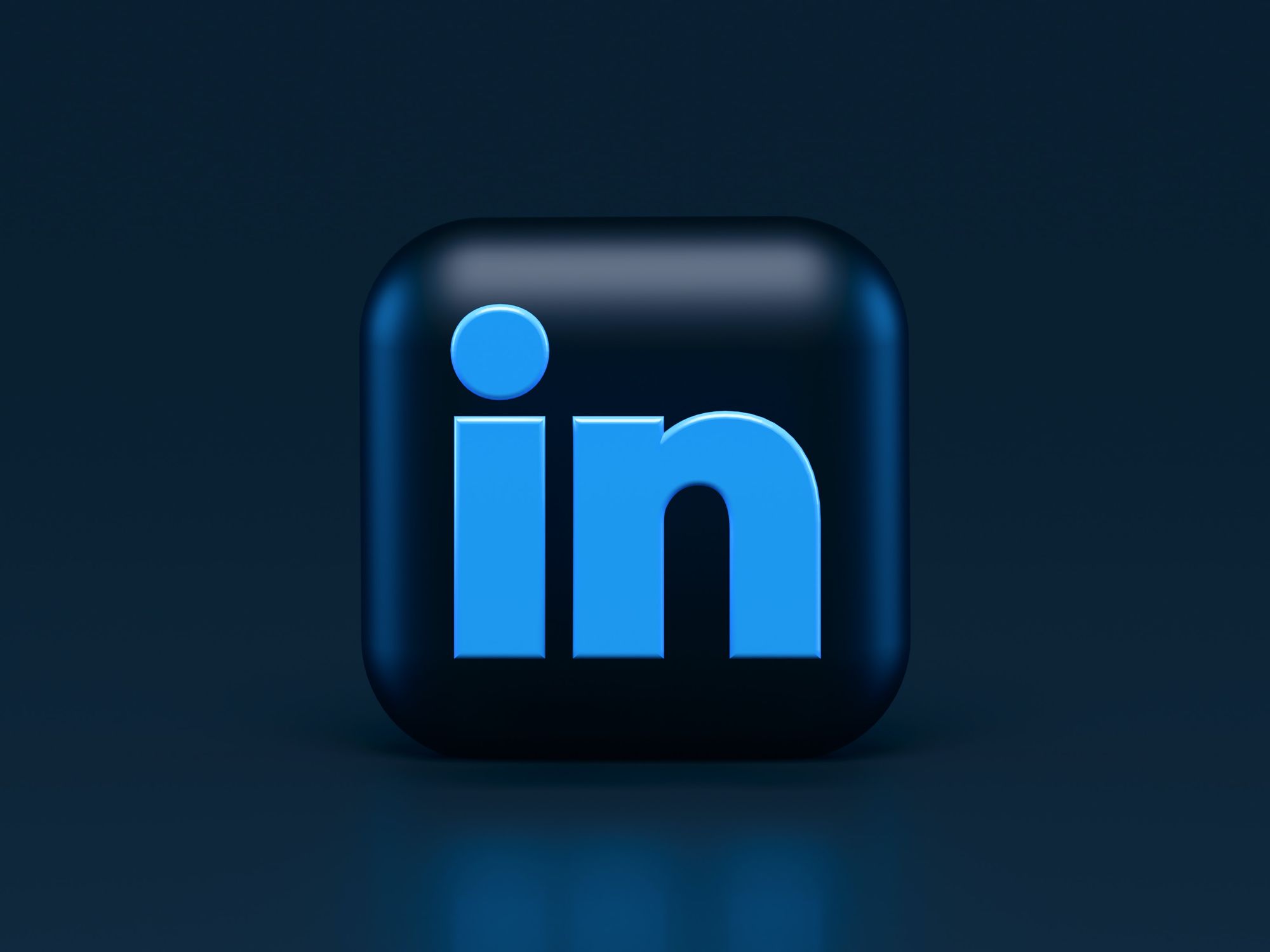There are nearly 30,000 product launches every year, of which 95% fail. Several elements bring together a successful product launch. But how will it benefit when the new product vanishes from the market within a year. The diagnosis for the failure—Marketing Myopia of the company leaders. They concentrate their efforts on selling their products and services instead of learning what the customer wants.
This is an explainer blog to help you get over marketing myopia. It contains all the information you need concerning marketing myopia. Here's what you can look forward to:
- Origin of Marketing Myopia
- What is marketing myopia?
- Dangerous Beliefs that push a business into the marketing myopia trap
- A business with rapid growth could end up with marketing myopia
- Marketing Myopic Companies Lack Customer Focus
- The inability of the Marketing Myopic Business to assess Customer Needs
- Marketing Myopic Companies Lack Customer Focus
- Save Your Company from Falling into Marketing Myopia
- Case Studies that help understand Marketing Myopia
- Cause of Failure of Ambassador cars
- Attempts to come back into the market after overcoming Marketing Myopia
- How to cure marketing myopia?
- How can Deskera help you overcome Marketing Myopia?
Origin of the term Marketing Myopic
In 1960, Professor Theodore Levitt, who served at Harvard Business School, wrote an article concerning a kind of lethargy he saw in the business world. The article was titled — Marketing myopic. In the article, Levitt emphasized that Marketing myopic business entities concentrate so much on the production of goods and services that they do not have time, energy, or the finance to research and know customer needs.
Levit stressed the need for consumer-centric business entities and urged marketing myopic business entities to shift their business methodology from production-centric to consumer-centric.
In the article, the professor warned marketing management teams of business houses that their transition to marketing myopic could be quick and dangerous for the future of the business entities. Levitt voiced his opinions in the article saying, the marketing team is so busy with the marketing strategy that they have little time to ask themselves a question concerning their production — why are we doing this?
The article became popular because of its message to CEOs. He said, “you are a business because you have a customer.” In one statement, he summed up the crucial role a CEO must play in the marketing of his brand.
What is Marketing Myopia?
When business entities focus all their energy, time, and money on short-term gains in selling their merchandise, they ignore the factors that need consideration to achieve long-term goals.
When the product the company is ready to launch is already available in the market— companies must first find out the customer’s needs, pain points, demand and offer them a product or quality that satisfies them.
But sadly, the business entities marketing management is short-sighted and focuses only on a few criteria to sell their merchandise. This is a lapse or short-sightedness which makes them ignore crucial product attributes that help in achieving long-term goals is Marketing Myopia.
The marketing myopia concepts are that a business performs much better in the long run if they aim at meeting customer demands instead of only producing a brilliant product.
Dangerous Beliefs that lead Business Entities into the Marketing Myopia Trap
Business trends are fast-changing, and success belongs to companies that adapt quickly to the changes. For adaptation, business entities must have in-depth knowledge of their capabilities, customer needs, and changing demands. They must also watch their competitors and be a step ahead of them. But sometimes, businesses get wrapped up in their wrong beliefs and can give room to marketing myopia.
These are some of the beliefs of the marketing team that causes marketing myopia:
The Business that Grows fast could end up with Marketing Myopia
Business enterprises with marketing myopia calculate their growth by their sales. Over a while, they concentrate their efforts to build the brand, create awareness and brand reputation. It makes them successful during that period, and they become the leading growth industry and holds the position for long periods.
But this status gives them a wrong impression of their hold over the market. The increase in sales and short-term growth make them believe that they are invincible. Companies with marketing myopia fail to notice that the increase in sales is only a short-term gain that cannot guarantee long-term benefits. The marketing myopia makes the company begin to believe that they can manufacture anything and consumers will buy their products. They rule the industry because consumers prefer their products to their competitors, become the biggest producers of the product, or have a monopoly on the product.
This makes them concentrate only on selling their products instead of working for customer loyalty or long-standing consumer relationships to plummet the business into marketing myopia.
When the Marketing Myopic Company feels that it has Total Control over the Industry
Sometimes consumers like the company's product to such an extent that they continue to use products of only that brand. The competitor manufacturing alternate substitutes to the product does not get any attention from the consumers and leaves the industry.
This gives the consumer’s favorite company a monopoly on the market. It thus rules and controls the entire industry. That gives them the privilege to raise prices or decrease the quality of the product at will. And that can harm their consumers. The consumers will have to settle for low quality and pay a high price.
When a business commands authority in the industry because they are the sole producers, they begin to believe that they will continue to hold market position forever. They Become marketing myopic and think that they will always remain on top and no one will ever take their place.
Marketing myopia stops business entities from discerning the customer's buying pattern before product improvisation. Such a situation will open the doors for the competitor who will present the consumers with quality products at cheaper rates and soon become the industry leader.
The inability of the Marketing Myopic Business to assess Customer Needs
A business must satisfy its customers to earn their loyalty. That is the recipe for success. If the customers are not satisfied with the product and make their problems known to the company, but they fail to make changes in the product accordingly, they will buy from another brand.
The needs of the consumers vary, and improvisation cannot happen on assumptions. Because such assumptions, cannot give customers what they need. They will look for alternative brands and never return.
Also, if a business reads customer preferences well, they can use cross-selling techniques to make their purchase journey more comfortable. The company will earn more revenue too.
But collecting such information from the customer is challenging as sometimes the customers do not know what they want. The business entity must ask the right questions, listen and personalize solutions to achieve customer satisfaction. That is why sometimes business entities exclude this crucial part from their marketing strategy. Marketing myopic companies with an extensive volume of sales believe that they are on the right track in pleasing the customer and do not cross-check with their customers to know if the products still work for them. This increases the divide between the marketing myopic company and the customer. It also allows competitors to make their way to the industry.
Marketing Myopic Companies Lack Customer Focus
Customer demands are ever-changing, and their expectations are very high. Today they can compare and find the best products to use. They scrutinize business entities before engaging with them. They want the best-personalized experiences from the products they buy. A business with a customer focus reaps rich rewards in the form of customer loyalty. That is what gives them a competitive edge over their competitors. Business Entities need to improve their customer focus by building an effective strategy.
But marketing myopic companies do not focus on the change in customer trends, causing their products to become useless for their customers. Customers will not buy products that are not useful to them — instead, they will look at the competitors and buy from them.
Save Your Company from Falling into Marketing Myopia
Marketing Myopia spells disaster for the entire business. The heads of the organization should take precautionary steps to stop the marketing management from falling into marketing myopia.
Here are some fool-proof measures to stop the company from slipping into marketing myopia:
- Customer preferences should be the basis of all marketing strategies
- Manufacturers must keep the customer demand and needs in mind during the various steps of production
- The company’s product must improve the customer’s life by offering products that address their pain points
- The business must adapt to changing customer trends by formulating new policies with new ideas and approaches
Case Studies that help Understand Market Myopia
In 1958 Hindustan Motors launched the Indian version of the Morris Oxford. It was the first Indian car. The designers took inspiration from Morris Oxford in its manufacture. Its design and technology were much like that of the British car. It was the leader in the automobile industry in India from the year 1958 to 1980. Although it had competition from Premier Padmini, it continued to be the industry leader for 22 years. Its success was primarily because of the prevalent license raj, lack of funds, and unfavorable economic policies. New manufacturers were terrified of entering the Indian automobile market. Hindustan Motors had a monopoly in manufacturing, marketing, and sale of the Ambassador car.
But in 1983, Maruti Udyog entered the Indian automobile industry to launch the Maruti 800. Indian families welcomed the launch with open arms, and within seven years, it took Ambassador’s place in the Indian automobile market. Although some people continued to use Ambassador cars, their market share was now marginal. They continued to have a foothold in the market share because it had a few features that the Maruti 800 lacked.
Joint families and nuclear families with more than five members and taxi services continued to buy and use Hindustan Motors Ambassador cars for three reasons:
- It could accommodate more people than Maruti 800
- It ran on diesel while the Maruti 800 had a petrol engine. During those years diesel was much cheaper than petrol
- After using Ambassador cars a marginal section of automobile users felt that Maruti 800 was not as sturdy as the Ambassador
- The maintenance cost of the Ambassador seemed lower than that of the Maruti cars
But in the long run, these were just presumptions. After using both the cars, the car owner realized:
- The maintenance cost of the Ambassador was more than that of Maruti 800
- Ambassador was not as sturdy and well-designed as the Maruti 800
The consumer concluded that although the car running cost of the Ambassador is cheaper, all other features were much better in the Maruti 800. Despite the consumers switching preferences to buy the Maruti 800, Hindustan Motors Ambassador still had approximately 16% of the market share. That is because most of the Government vehicles were Ambassador cars. The Prime Minister of India was also commuted by an Ambassador car up to 2002. Mr. Atal Bihari Vajpai was the Prime Minister of India during that year, and he took the initiative to switch to the BMW Limo. Most of the bureaucrats followed suit and switched to new and more sophisticated cars, because of which the orders for Ambassador cars came down to nil in 2021.
Cause of the Failure
Marketing myopia was the cause for the fall of Ambassador cars from the leading position. They were overconfident because of their status in the Indian automobile market and ignored customer needs. The company also failed to re-invest in its brand forcing its customers to leave them for better brands.
The reasons that led to the fall of Hindustan Motors is as follows:
Ambassador cars did not adapt to changing customer trends
Although there was an up gradation in the brand, they did not offer any feature to make life better for the customers
The car did not change the model or look over the years
Attempts to Return after Overcoming Marketing Myopia
The brand has since made multiple attempts to make a comeback. They changed to 1800 Isuzu engine launched variant models. Although sales picked up after the brand brought about changes in the car, they could not get the necessary response from the customer.
How to Cure Marketing Myopia
The cure for marketing myopia lies in the transition of a business organization from business-centric to customer-centric. To achieve the transformation, business organizations must first ask themselves what is the nature of their business. And the answer to the question is how it is helping their customers.
A business organization can achieve success only by listening to the customer’s demands and needs to incorporate them into the merchandise to satisfy the customer. But if the marketing team focuses only on product improvisation to further the company's growth their marketing campaign will fall flat.
The marketing team should realize that customers look for competitive alternatives. If a business focuses on its customers, they will know of their search for alternatives well on time to provide them with a product to satisfy their needs. But if they are not quick in detection, competitors will cause them to lose customers.
Conclusion
Watch out for the implications of marketing myopia that can cause irreversible damage to your business. If you are slow in recognizing the anomaly the decline might shake the foundations of your business. Also, it is not enough if you see it in your organization, you need to take appropriate steps to check it. Your business organization will heal from marketing myopia when you understand your customers and their needs and work to satisfy them. To achieve that know their minds by conducting regular customer development surveys and engagement.
Key Takeaways
- Marketing myopia sets in when the marketing team ignores long-term business goals to concentrate on achieving short-term business targets
- Marketing myopia sets in when a business fails to engage with its customers to establish long-term relationships
- The focus of the marketing team is only on short-term goals like the selling of products or services
- The business makes growth predictions that are not backed with the necessary research
- The business undertakes mass production without finding out if there is a demand for its products
- The business sells its product without addressing the consumer’s needs
How can Deskera help you Overcome Marketing Myopia?
The Deskera CRM software helps your business grow and achieve long-term goals by retaining customers. Deskera CRM helps in your email marketing strategy by helping your business regularly sending out emails to customers that will make them come back for more.
Deskera will guide you in setting suitable CRM goals to shorten the sales cycle to close deals faster. You will sell more than you are currently selling to increase your sales volume. The Deskera CRM software helps in a higher lead conversion to automatically reduce Customer acquisition costs.
Deskera can also assist you with real-time updates about your business like cash flow status, customer satisfaction, inventory management, sales, purchases, purchase orders, customer tickets, customer satisfaction, managing leads, revenues, profit, and loss statements, and balance sheets.
Moreover, it would also help in integrating sales methodology across different platforms onto one system so that you have a consolidated list for email campaigns, leads management, and sales pipeline to mention a few.
Related Articles













